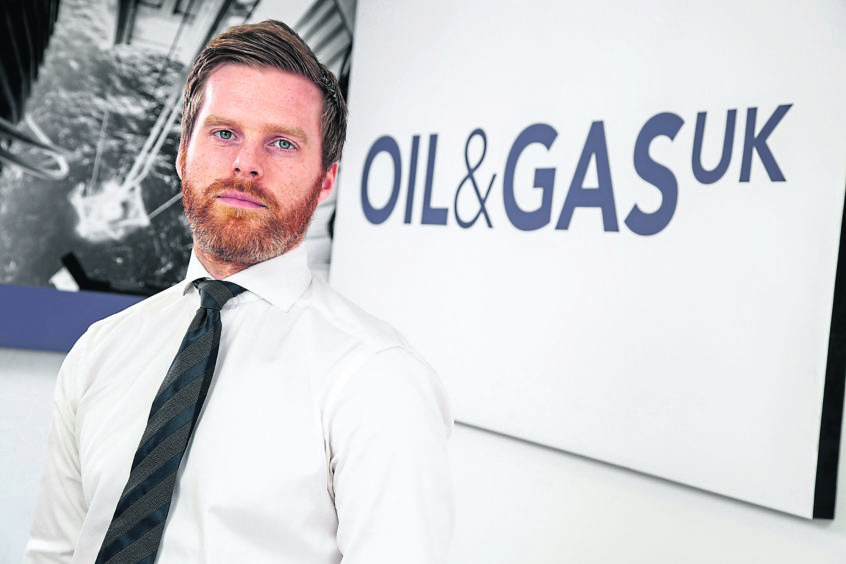
At the Offshore Decommissioning Conference which Oil and Gas UK co-hosts with Decom North Sea, OGUK will launch its flagship Decommissioning Insight report and highlight new supplementary guidelines which capture how fast the sector’s knowledge of project scopes has grown in recent years.
The decommissioning work breakdown structure (WBS) was developed in 2007 and first published as part of the OGUK’s cost estimation guidelines in 2013. Now a guideline devoted to the WBS is demonstrating industry’s intellectual capital in the area and willingness to develop tools that enable us to become as efficient as possible.
A huge amount of work has been done across the industry to develop and hone these guidelines as companies working with OGUK focus on ensuring that every lesson learned is incorporated for the collective benefit of the sector.
With deeper insight into decommissioning and its associated activities the operator community can achieve consistency and accuracy across cost estimates while identifying the key elements to target efficiencies. That’s a key factor in helping us deliver the 35% cost reduction target set by the Oil and Gas Authority.
For the regulators like the OGA, the WBS highlights the key areas where skills and technology development are required to improve cost performance and it’s proving effective as a means of ensuring consistency in asset stewardship submissions.
The UK’s structured approach to decommissioning has led the way towards setting a global performance framework and the guidelines we produce in the UK are respected throughout the world for their rigour and goal-setting approach.
The Netherlands already use the same, or similar, WBS to track costs and I believe Norway is looking to follow suit.
For the supply chain, the WBS is a framework for identifying opportunities to expand their capabilities. It helps provide visibility on where capabilities are in demand and allows companies to more accurately invest in the services required.
There are 11 distinct elements that can occur in a decommissioning scope although we all know that no project will be exactly the same.
Our supply chain, with 30 years of experience in areas including late-life management and project management, is already well placed to support most of our domestic projects.
However, there are significant opportunities for companies to grow their business by broadening the services and goods they provide not only here but in other maturing basins.
Innovative thinking will be required to further enable the safe, environmentally sound and cost-effective removal of topsides and jacket structures. Well decommissioning activities continue to be a focus area for the industry as they fall into the highest cost element category, so companies pioneering new ideas in this field will be in demand.
This is where both the Oil and Gas Technology Centre and the recently opened National Decommissioning Centre can play a key part in supporting technology developers, providing research funding and facilities where new solutions can be engineered. It shows how the UK has taken positive steps to continue to develop the UK as a centre of excellence for decommissioning.
We’re also seeing new trends where operators are turning to late-life specialist companies like Maersk Decom, Fairfield Decom plus Forth and Tay ports, who’ve developed an innovative way to combine a bundled set of decommissioning elements in a single contract.
At a time when the net zero carbon challenge is ramping up, companies with enterprising solutions for re-using or repurposing offshore infrastructure will also have exciting opportunities to make their mark.
For businesses to make the most of these opportunities, it’s essential to have access to accurate, current and detailed information.
We look forward to ensuring that all those at the conference know where to find the
WBS guidelines and where on the OGUK website they can see the full range of decommissioning publications we provide.
Recommended for you
